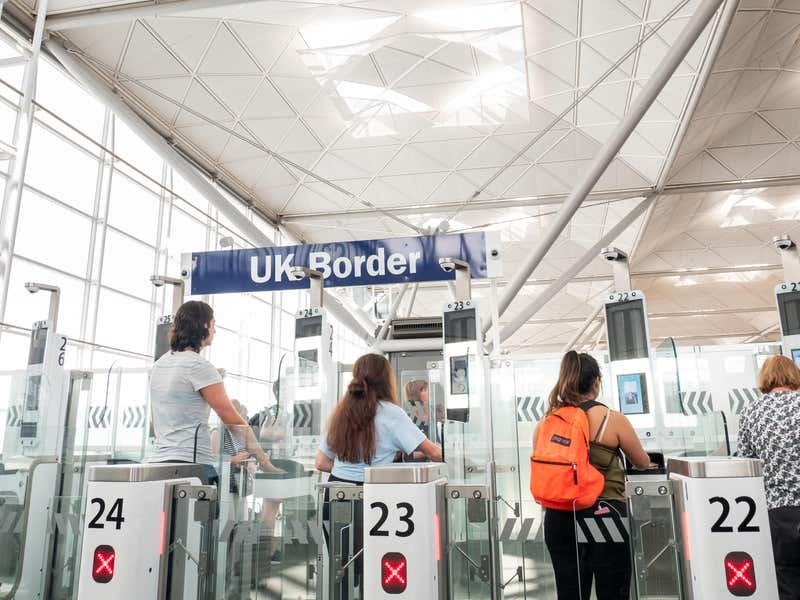Let’s go back to January 2020. The future looks bright, the sun is shining. We have that feel-good factor. A positive outlook encourages spending and there is a strong money-flow multiplier effect.
Each pound spent forms part of the wages of the provider of the goods we buy who, in turn, uses those funds to purchase further goods, creating a self-feeding effect where the same pound is spent many times over, boosting economic activity.
In early 2020, fog descended. Retail outlets, leisure facilities, travel availability, restaurants, pubs, cinemas, theatres, were all closed due to the spread of Covid-19, curtailing spending. Money effectively stopped moving. Panicked central governments responded by pushing $10 trillion into the financial system to support global economies.
This financial support, together with all the funds that were circulating in January 2020, which are still in the system somewhere, begs the question – where has all the money gone? And why did the government support not rescue us all?
The pivotal issue is not how much money there is in the system, but the speed at which it circulates. Covid-19 stopped the circulation of money and that, in turn, broke our global economy. If we do not spend, someone else doesn’t get paid, causing a vicious and economically damaging vortex.
The world did not drift into recession in early 2020, it was thrust into it by isolation and lockdown. Maybe the song Money Makes the World Go Round from the 1966 musical Cabaret missed the point – that it is not money, as such, that makes the world go round but the circulation of money that achieves this.
Covid-19 might have been behind our leaders’ choices to suspend the consumer cycle by introducing lockdown but perhaps even they did not visualise the lose/lose outcome facing them. Leave the economy open and live with the impact of Covid-19 or lock down the population and cause an instantaneous rupture of economic activity.
We believe, however, that rescue is in sight. Humans have this unquenchable need to consume. Being locked up for months and having no access to satisfy our need to spend will result in a sudden flurry of ‘catch-up’ spending and money will start to circulate once more, igniting the fire of recovery.
In the investment world, the first quarter of 2021 was far more exciting than expected, despite world equity markets only increasing by 4.7% over the first three months. Under the surface there was an important change. Investors’ appetite switched from survival to recovery. Desmond Tutu, the South African cleric, once said: ‘Hope is being able to see that there is light despite all the darkness.’ In 2021 investors now see that distant light and our recovery has begun.
Subtle changes in investors’ behaviour highlight this change, as survival companies such as food retailers, personal products manufacturers and internet retailers are put aside in favour of banks, travel and leisure providers, and industrial manufacturers.
The embryonic transition began in November 2020, on the announcement of the vaccine by Pfizer, but only bore fruit in February as the flow of investors’ funds from survival to recovery gathered pace. In November, the recovery seemed implausible as Covid-19 rates were still rising exponentially, but equity markets discount the future, and were indeed looking through near-term devastation to a time where vaccination could return an element of normality to consumer behaviour.
Equity markets are the battleground of pessimists and optimists. In 1919, Bertram Carr, the mayor of Carlisle, quoted in a speech ‘a pessimist sees the difficulty in every opportunity and an optimist sees the opportunity in every difficulty’. February 2021 was the month that global investors bought in to optimism. Accumulated debts will still need to be repaid, economic growth will need to be stimulated, and a manufacturing recovery will need to be encouraged, but this process has begun and is likely to continue.
As we all know too well in Jersey, fog often forms when cold air passes over warm water. In 2020 the cold air of Covid-19 swept through our land leaving fog so thick that we could barely see the way ahead. The sun is now beginning to rise and soon its heat will burn off the fog leaving the way ahead clearer, and recovery will be well under way.






